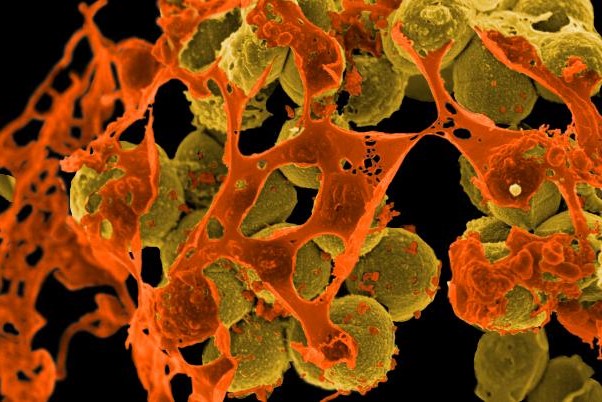As flu levels taper off in the Northern Hemisphere, some Southern Hemisphere countries are reporting increased detections over the past few weeks, the World Health Organization (WHO) said in its latest update, which covers the first half of April.
In the tropical part of South America, Peru reported a spike in activity involving the 2009 H1N1 strain, with a few other countries reporting slight increases. In temperate zones of the Southern Hemisphere flu activity rose slightly in Australia and Chile, mainly due to H1N1.
Elsewhere, Hong Kong reported a sharp increase in H1N1 activity, while Bhutan and Sri Lanka reported increased activity.
In the Northern Hemisphere, levels declined. North America's indicators returned to interseasonal levels, with H1N1 and influenza B circulating in the United States and influenza B predominant in Canada. Europe's flu levels declined to the epidemic level, with most of the region experiencing a wave of influenza B activity following the earlier wave of influenza A.
Testing at national flu labs in the first part of April found that 75.5% of positive flu samples were influenza A, and, of subtyped viruses, 70.2% were H1N1. All influenza B viruses belonged to the Victoria lineage.
 In Australians who had never previously had COVID-19, a three-dose COVID-19 vaccination series was 42.0% effective against infection and 81.7% effective against hospitalization or death during Omicron,
In Australians who had never previously had COVID-19, a three-dose COVID-19 vaccination series was 42.0% effective against infection and 81.7% effective against hospitalization or death during Omicron, 












